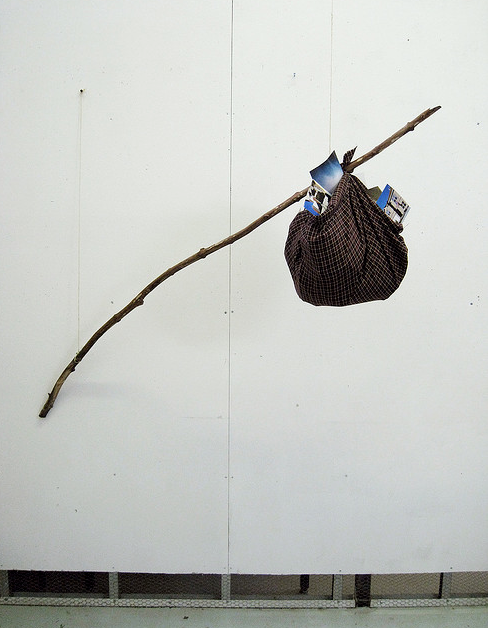

“But most of the reaction will be on the inside,” Vetter says.īlack widow bites contain potentially deadly amounts of venom and tend to be painful right away.
#Hobo stick skin
(2)īlack widow bites can in some cases cause skin lesions, ranging from small red marks to angry, red, streaky skin patches that are inflamed or contain pus. ( 4) The Centers for Disease Control and Prevention (CDC) notes that while venomous spiders are dangerous, they aren’t usually aggressive. The reality is that the brown recluse spider is limited in its geographic range: It’s found in the central and southern United States. ( 3) The brown recluse’s bite is poisonous and can result in coma, kidney failure, or even death.īecause of the severe reaction a brown recluse bite can trigger, these spiders are likely blamed for more harm than they actually cause.

Along with a wide variety of skin symptoms, brown recluse bites can cause chills, fever, nausea, and other flu-like symptoms common to infections. “Its bite causes the collapse of the capillary bed” - also known as skin necrosis ( 2) - “so people who are obese and have poor support of the capillary cells may have a more massive reaction,” he explains. ( 1) But when it comes to venomous spider bites, there are characteristic signs and symptoms.īrown recluse bites sting, and they can resemble anything from small blisters to large, rotting-flesh sores, Vetter says.
#Hobo stick how to
How to Identify Which Spider Bit Youīroadly speaking, a spider’s bite tends to resemble a bee sting: a sharp prick of pain is followed by a red, inflamed skin lump that may hurt or itch but that goes away after a few days. His point: Black widow and brown recluse bites are so different that they could never be mistaken for one another.īut when it comes to common household spiders, hobo spiders, and other domestic varieties, a spider’s bite has some predictable characteristics. “I’ve had patients contact me saying, ‘This mark on my leg was either from a widow or a recluse,’ but that’s like saying you either got stabbed or trampled to death,” he says. RELATED: Everything You Need to Know About Bug Bites and Related DiseasesĪt the same time, Vetter allows that different types of spider bites do produce distinct reactions. That said, some spiders do bite people, and the result can be ugly. So the first thing every spider expert in America would like people to know about spider bites is that they’re uncommon and often misdiagnosed. “Spider bite is a catchall grouping whenever there’s a severe skin infection they’re all lumped in as spider bites,” he says. He explains that most “spider bites” are more likely mosquito bites that were scratched and became infected. “ Spider bites are really rare,” says Jonathan Day, PhD, a professor emeritus of medical entomology at the University of Florida. Other researchers back Vetter up on this. But most of the skin issues people pin on spiders are actually other types of bug bites or skin issues, he says. “People wake up in the morning and find a red mark, and immediately call it a spider bite,” says Rick Vetter, a retired staff research associate and entomologist at the University of California, Riverside. I wouldn't be shocked if there are other physical factors I'm missing too.You spot an angry-looking red welt on your leg, and it seems too big to be a mosquito bite. I'm thinking particularly in terms of the effort that has to be put out continually by the arm to counterweight the load, and the legs (the fulcrum) to hold the load up. Assume the weights used in the picture above (which I know are way off for a historical bindle, but have the advantage of being nice round numbers). So from a physics standpoint of forces and weights, what exactly are the advantages and tradeoffs of using this kind of lever to help carry a load around all day? Perhaps compared to either carrying the same load balanced right on the body (fulcrum), or slung over the shoulder without any help from the stick (lever). I'd like to get that right, at least in high-level digest form. That of course caused a long comment thread.

However, I haven't taken physics in about 3 decades, and don't use it that much in my day job, so I'm a little shaky on the details of exactly how it helps. I wrote up an answer based on what seemed to me to be a pretty clear physical advantage of using a lever to help with the effort of dealing with that weight all day. We had a question over on History.SE about why "hobo"s used to carry bindles (as shown in this picture from around the beginning of the 20th Century)


 0 kommentar(er)
0 kommentar(er)
